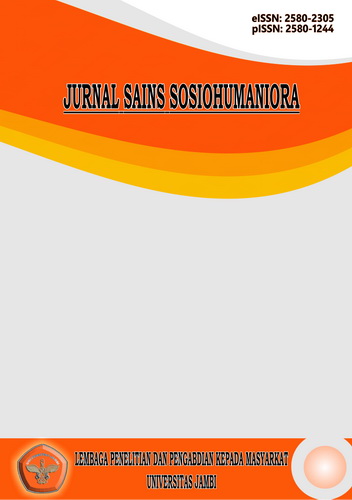The Emotional Dimensions of Retail Therapy: A Literature Review
DOI:
https://doi.org/10.22437/jssh.v8i1.36447Keywords:
Emotional Communication, Emotional Dimention, Retail Theraphy, Consumer-behaviourAbstract
The phenomenon of retail therapy, where shopping is used as a method to improve mood and alleviate stress, has gained significant attention across various disciplines such as psychology, marketing, and sociology. This literature review aims to explore the emotional dimensions of retail therapy and its function as a form of emotional communication. Research indicates that retail therapy is driven by emotional needs, where individuals use shopping to express, manage, and communicate their emotions. Key findings highlight that retail therapy provides immediate mood improvement and can aid in long-term emotional regulation. The act of shopping, influenced by internal emotional states and external stimuli like advertisements and social media, serves as a coping mechanism for dealing with stress and negative emotions. Social interactions during shopping, whether with friends or store staff, enhance the emotional benefits by providing support and a sense of connectedness. Moreover, digital communication and social media significantly shape retail therapy experiences, influencing consumer behavior through online reviews, social interactions, and marketing strategies. The scoping review methodology employed in this research allows for a comprehensive analysis of existing studies, identifying gaps and providing insights into the multifaceted role of retail therapy in emotional regulation and communication. Overall, retail therapy emerges as a complex, emotionally driven behavior that offers significant psychological benefits, emphasizing the need for further research to understand its impact on consumer well-being and behavior.
Downloads
Downloads
Published
Issue
Section
License
Copyright (c) 2024 Noor Afy Shovmayanti, Medi Trilaksono Dwi Abadi, Farid Aji Prakosa

This work is licensed under a Creative Commons Attribution-NonCommercial-ShareAlike 4.0 International License.













